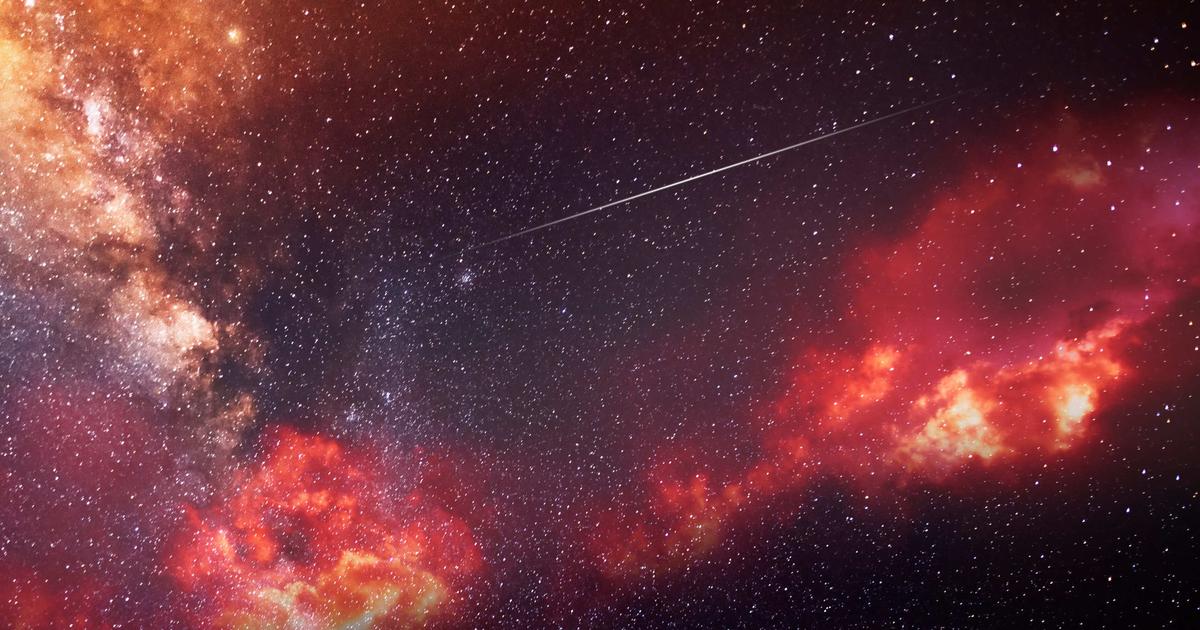For years scientists studying the Universe have faced a particularly irritating problem.
They pretty much know what galaxies are made of: dark matter, of unknown composition, and normal matter, mostly baryons, particles similar to the protons and neutrons that make up everything around us on Earth.
Go for the theory.
But in practice part of the normal matter is missing from the observations made so far.
She is there, but impossible to see her.
Until Thursday.
A French team from the CNRS and the University of Lyon 1 in collaboration with several international establishments has discovered some of the missing baryons in the Universe and is now publishing its results in the journal "Monthly Notices of the Royal Astronomical Society"
.
The @ESO Very Large Telescope MUSE instrument mapped a galactic wind and observed the formation of a nebula around a galaxy.
https://t.co/q0jI1JBbUE which made it possible to identify part of the missing matter of the Universe. @ CNRS @INSU_CNRS @ UnivLyon1 pic.twitter.com/o9Ssr1CQFG
- Alain Schuhl (@AlainSchuhl) September 16, 2021
“One of the major problems in understanding the formation of galaxies is that about 80% of the baryons that make up normal matter are missing.
According to the models, they would be sent out of galaxies into intergalactic space, thanks to galactic winds from star explosions, ”explains the CNRS press release about this discovery.
From the intergalactic wind
Thus, the difference between the number of particles determined by theory and concrete observations would be due to movements of matter, which come out of the galaxy.
Kinds of intergalactic winds therefore, composed of gas and interstellar dust.
"They make it possible in a way to supply the galaxy formation process", enthuses Nicolas Bouché, one of the authors of the study.
He and his colleague Johannes Zabl have been trying to get such pictures for 7 years.
To make such claims, international researchers used the MUSE spectrograph, a device capable of detailing the radiation of stars, captured by the Very Large Telescope of the Southern European Observatory.
They chose a galaxy: Gal1.
It is young and all the more interesting: "We supposed that a wind was forming around it, without being sure," says Nicolas Bouché.
The observations published this Thursday provide proof of this.
They also make it possible to confirm that "80 to 90% of normal matter is located outside the galaxies", reports the press release.
With a little luck as for the positions of the elements which compose the Universe, the scientists finally recorded "the formation of a nebula being simultaneously in emission and in absorption of magnesium".
There in that intergalactic wind was some of the missing baryons, mapped for the first time. This discovery, beyond confirming what until now was only guesswork, adds a piece to the gigantic puzzle on how the Universe works. It is now a little less empty.




/cloudfront-eu-central-1.images.arcpublishing.com/prisa/FJYAX4GBWNATVHGMLPH6HGFH24.jpg)










